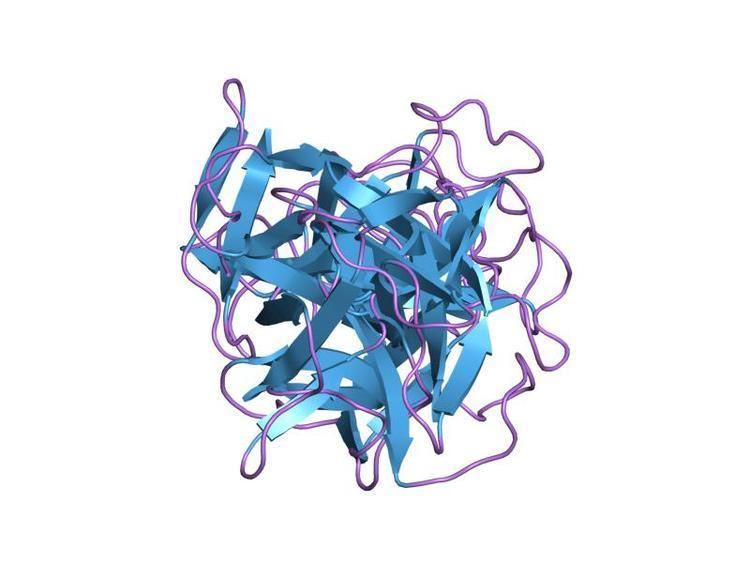Symbol Toxin_4 Pfam clan CL0075 SCOP 1atx | Pfam PF00706 InterPro IPR000693 SUPERFAMILY 1atx | |
 | ||
Sea anemone neurotoxin is the name given to neurotoxins produced by sea anemones with related structure and function. Sea anemone neurotoxins can be divided in two functional groups that either specifically target the sodium channel or the potassium channel.
A number of proteins belong to the sodium channel toxin family, including calitoxin and anthopleurin. The neurotoxins bind specifically to the sodium channel, thereby delaying its inactivation during signal transduction, resulting in strong stimulation of mammalian cardiac muscle contraction. Calitoxin 1 has been found in neuromuscular preparations of crustaceans, where it increases transmitter release, causing firing of the axons. Three disulfide bonds are present in this protein.
This family also includes the antihypertensive and antiviral proteins BDS-I (P11494) and BDS-II (P59084) expressed by Anemonia viridis (previously Anemonia sulcata). BDS-I is organised into a triple-stranded antiparallel beta-sheet, with an additional small antiparallel beta-sheet at the N-terminus. Both peptides are known to specifically block the Kv3.4 potassium channel, and thus bring about a decrease in blood pressure. Moreover, they inhibit the cytopathic effects of mouse hepatitis virus strain MHV-A59 on mouse liver cells, by an unknown mechanism.
The potassium channel toxin family include kaliseptine and kalicludines, and was also isolated from Anemonia viridis.
